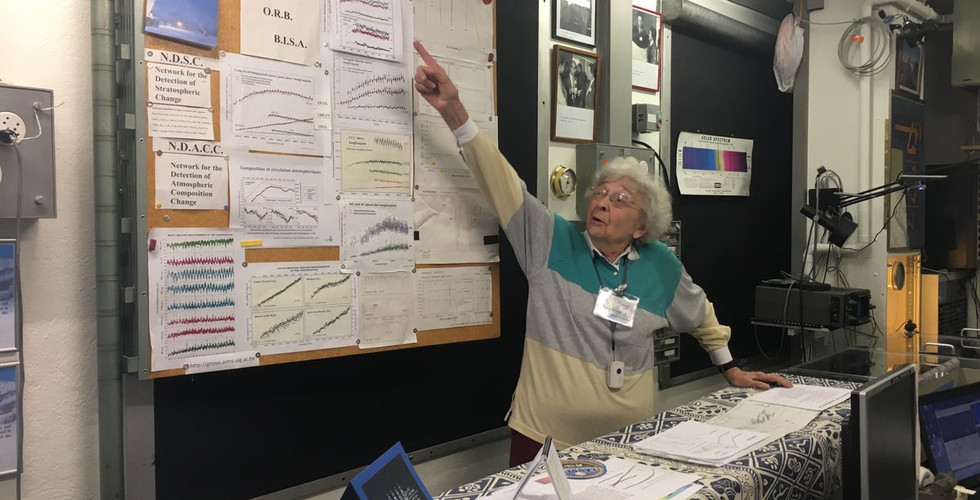Let’s set the sails and rails for low-carbon conferencing
- Anja Krieger, Freelance/Riffreporter, Germany
- Jul 27, 2019
- 3 min read
It was a hot Sunday, and the air conditioning couldn’t hold up. Car by car, the train got hotter and hotter. By the time the air was unbearable and the staff told us we had to get out early, to abandon the train, we had reached Basel. Fortunately, the A/C of the modern ICE train hadn’t shut down earlier on my day-long journey from Berlin to Switzerland. All sweaty passengers were transferred into another cool, comfortable train – and I arrived in Lausanne in time for the World Conference of Science Journalists.
I have to add that this wasn’t just any hot Sunday in June. With up to 38.9 degrees Celsius (102 degrees Fahrenheit), it was the hottest day of that month ever recorded in Germany, as Deutsche Welle reported. In other countries, like France, temperatures climbed even higher. According to NOAA, this was the hottest June on Earth in 140 years of measurements.
The reason I had gone on a 12-hour-train ride instead of a much shorter flight was exactly what likely caused these records. I did it because of the same phenomenon scientists later showed us in their graphs and data high up by the glacier on our field trip to the research station at Jungfraujoch: climate change. But train infrastructure takes years of planning, and trains stay on the rails for decades, as I learned from another traveller who worked in the sector. When my train was made, the builders did not consider the high temperatures that are now becoming the new normal.
I was happy to hear that WCSJ2019 was taking place in Europe – so close! After learning about the severity of climate change, I had vowed to fly as little as possible. The WCSJ team supported me by granting me a train ticket, which was much more expensive than a flight, even though the standard travel policy stated that only the cheapest flight would be covered. I thank the WCSJ team for taking on the extra cost and setting an example.
While the train was more expensive, it was also more exhausting. I am still glad I did it – and will do it again. Attend closer conferences and consider to skip the far ones. Stay on the ground as much as I can. Not everyone is so privileged to do that, as other travel fellows made me aware. If you live in a remote place or a developing country, you just might not be able to learn about the latest discussions in science journalism, or network with colleagues, without flying. So wouldn’t it be fair to leave this carbon budget to those who really need it?
For me, living in Europe with abundant opportunities, it’s a big question: can we continue conference business as usual? Knowing about climate change, the consequent answer would be “no”. How can we then get together with less of a footprint? Individually choices are one factor – but the way we design our meetings will be even more impactful. Wouldn’t it be so cool, literally, if the next WCSJ in Medellín, Columbia, became an example for an entirely new kind of low-carbon journalism conference? Let’s set the sails and lay the cables.
Opinions expressed in the blog posts are those of the author and do not necessarily represent the views of WCSJ2019
.jpg)














Comments